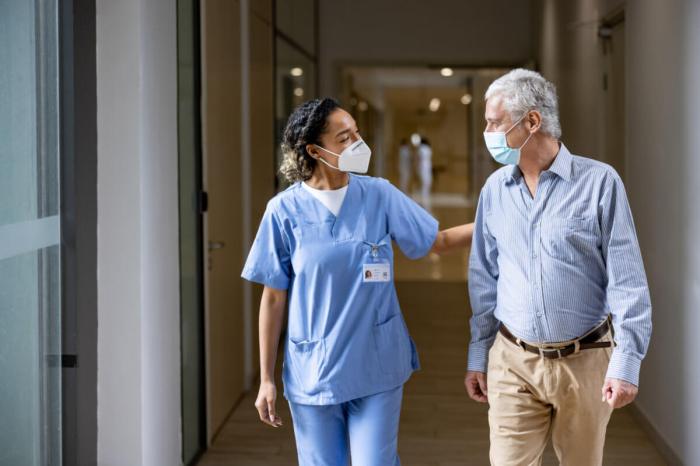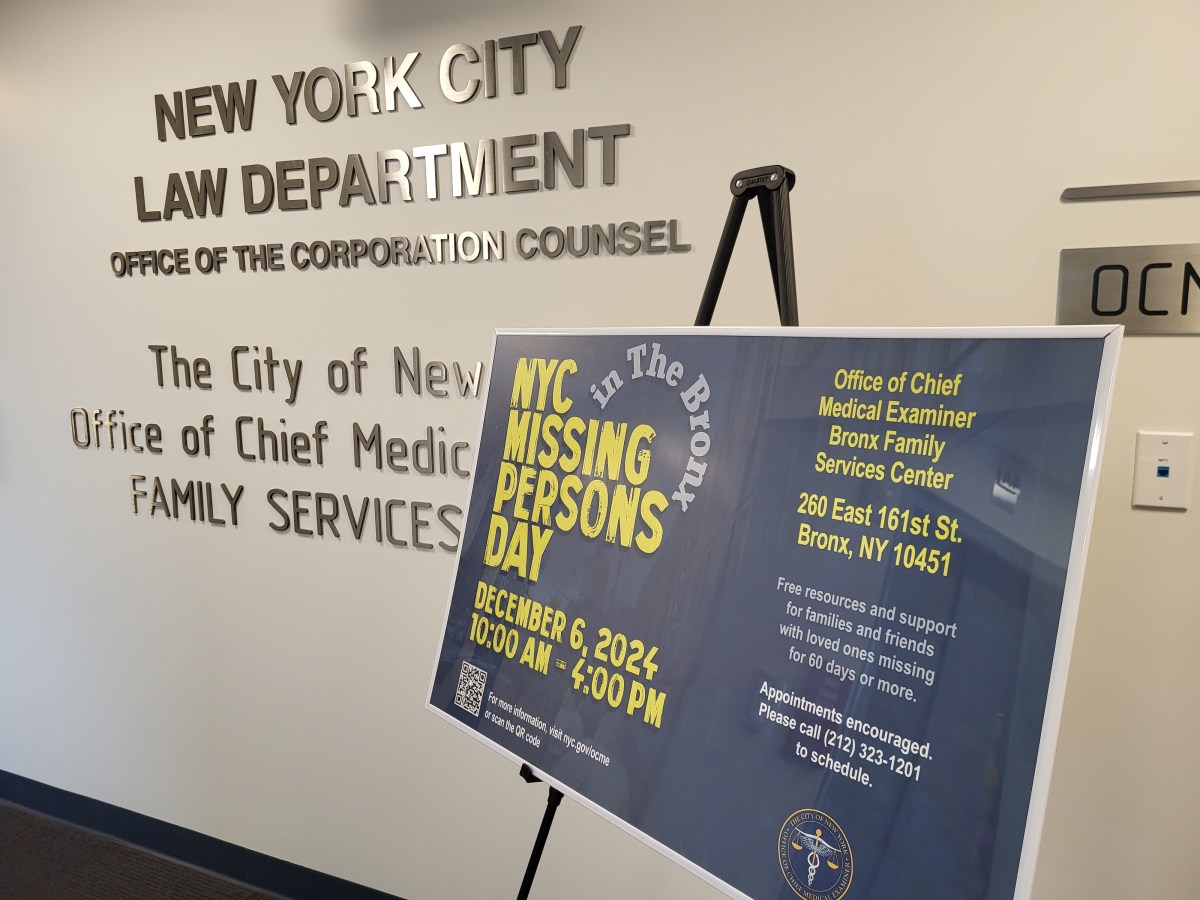Last week, our editorial staff met with Michael Dowling, president and C.E.O. of North Shore-Long Island Jewish Health System, and Bill Rudin, president of Rudin Management Company, to hear about the unique Center for Comprehensive Care that North Shore-L.I.J. is planning at the O’Toole Building of the former St. Vincent’s Hospital.
With them was Dr. Andrew Sama, head of North Shore-L.I.J.’s 14 hospital emergency departments, which treat 600,000 people annually.
Basically, what North Shore-L.I.J. plans at 12th St. and Seventh Ave. would restore a critical part of the vitally important healthcare safety net that we lost with St. Vincent’s closure last year.
Their plan is to gut the landmarked O’Toole Building and — through adaptive reuse — refit it with a state-of-the-art, 24/7 emergency department, which, at 19,000 square feet, would actually be larger than the former St. Vincent’s emergency department. This would, in fact, be the state’s first free-standing emergency department.
To be absolutely clear: This is not a mere health clinic or an urgent-care center — but a bona fide, full-service emergency department.
It is simply a fact that, in an era of decreasing inpatient hospital beds, the free-standing emergency department is part of the healthcare wave of the future. There are currently more than 220 of these across the country — in at least 16 states — with more than 190 of them sponsored by or affiliated with a hospital.
The St. Vincent’s E.D. saw 20,000 “treat and release” patients per year. Initially, North Shore-L.I.J. expects its E.D. to see 30,000 patients annually, with most of these being treat and release. About 5 to 6 percent of these patients would need admittance to a local hospital, and an ambulance would be on hand to transport them there. Everyone would be seen, regardless of insurance status.
Conditions that would be treated include chest pain and cardiac symptoms, early-onset stroke, fractures and joint injuries, motor vehicle injuries, severe cuts and burns, occupational and sports injuries and mental health issues, among others.
There would be imaging services, such as X-rays, CAT scans, M.R.I.’s and ultrasound. The center would also offer elective surgery, to repair a shoulder rotator cuff or remove a mole, for example.
The Comprehensive Care Center, generally, would not treat patients with severe trauma (gunshot wounds, major motor vehicle accidents or open fractures, for example) or requiring immediate surgical or cardiac interventions.
The center would employ 400 full-time workers — with the E.D. exclusively staffed by physicians certified in adult or pediatric emergency medicine — and would be a division of Lenox Hill Hospital. All these employees would also obviously be a lifesaver for nearby businesses devastated by St. Vincent’s closing. An urgent-care center, by contrast, only has a handful of employees.
North Shore-L.I.J. has drawn up preliminary plans for several floors of the 160,000-square-foot O’Toole Building. But they’ve left the second floor, with 13,500 square feet, unprogrammed; Dowling said they want to consult with the community to hear what uses they would like for this floor. Perhaps it might be for local doctors’ offices, he said. When the community health needs assessment is done in May, a clearer picture might emerge for this space.
We’d like nothing short of a full-service hospital restored in Greenwich Village. The reality is, that’s not going to happen.
In a time of shrinking healthcare, this Comprehensive Care Center with a full-service E.D., run by a top regional hospital network, would go a long way toward helping meet our neighborhood’s healthcare needs.































